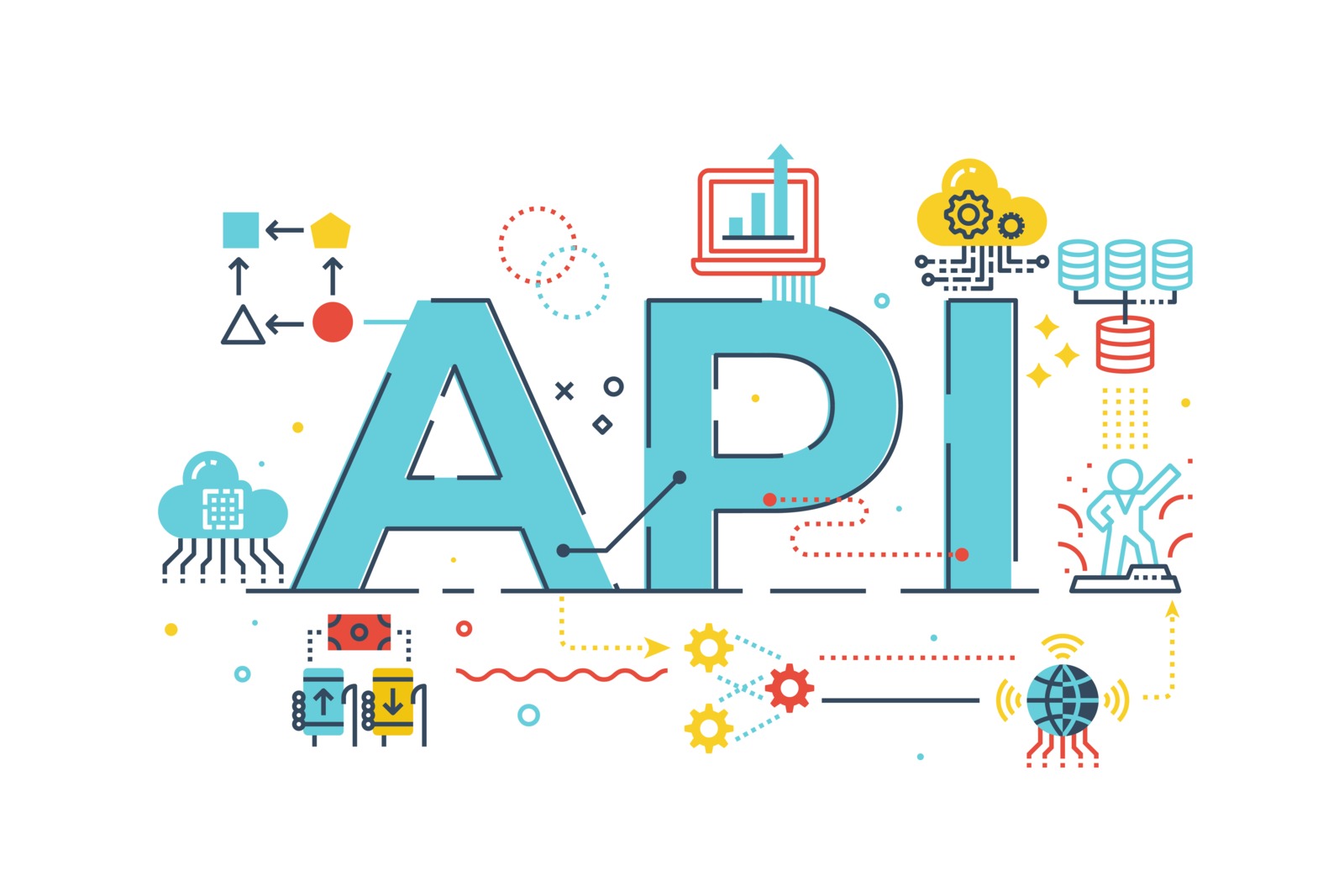In the world of microservices, Spring Boot stands out for its ease of use and efficiency. This blog post will guide you through setting up a Spring Boot microservice, specifically a “product-service” designed to manage product data. We’ll integrate PostgreSQL for data persistence and walk through the creation of controllers, services, and repositories.
Step 1: Setting Up Your Spring Boot Application
First, create a new Spring Boot project using Spring Initializer. Select Maven Project, Java, and the latest Spring Boot version. Add dependencies: Spring Web, Spring Data JPA, and PostgreSQL Driver.
Step 2: Configure PostgreSQL
In your application.properties file, configure the database connection:
spring.datasource.url=jdbc:postgresql://localhost:5432/productdb
spring.datasource.username=postgres
spring.datasource.password=yourpassword
spring.jpa.hibernate.ddl-auto=update
# JPA/Hibernate settings
spring.jpa.show-sql=true
spring.jpa.hibernate.ddl-auto=update
spring.jpa.properties.hibernate.dialect=org.hibernate.dialect.PostgreSQLDialectEnsure you have PostgreSQL installed and a database named productdb created.
Step 3: Define the Product Entity
Create a Product entity in src/main/java/com/yourcompany/productservice/model/Product.java.
package com.yourcompany.productservice.model;
import javax.persistence.*;
@Entity
public class Product {
@Id
@GeneratedValue(strategy = GenerationType.IDENTITY)
private Long id;
private String name;
private String description;
private Double price;
// Getters and Setters
}Step 4: Create the Product Repository
In src/main/java/com/yourcompany/productservice/repository/ProductRepository.java.
package com.yourcompany.productservice.repository;
import com.yourcompany.productservice.model.Product;
import org.springframework.data.jpa.repository.JpaRepository;
public interface ProductRepository extends JpaRepository<Product, Long> {
}Step 5: Implement the Product Service
Create ProductService in src/main/java/com/yourcompany/productservice/service/ProductService.java.
package com.yourcompany.productservice.service;
import com.yourcompany.productservice.model.Product;
import com.yourcompany.productservice.repository.ProductRepository;
import org.springframework.beans.factory.annotation.Autowired;
import org.springframework.stereotype.Service;
import java.util.List;
public class ProductService {
private final ProductRepository productRepository;
public ProductService(ProductRepository productRepository) {
this.productRepository = productRepository;
}
public List<Product> getAllProducts() {
return productRepository.findAll();
}
// Additional methods for create, update, delete
}Step 6: Develop the Product Controller
In src/main/java/com/yourcompany/productservice/controller/ProductController.java.
package com.yourcompany.productservice.controller;
import com.yourcompany.productservice.model.Product;
import com.yourcompany.productservice.service.ProductService;
import org.springframework.beans.factory.annotation.Autowired;
import org.springframework.web.bind.annotation.*;
import java.util.List;
@RestController
@RequestMapping("/products")
public class ProductController {
private final ProductService productService;
public ProductController(ProductService productService) {
this.productService = productService;
}
@GetMapping
public List<Product> getAllProducts() {
return productService.getAllProducts();
}
// Additional endpoints for POST, PUT, DELETE
}
Create the AppConfiguration Class
This class will use the @Configuration annotation to indicate that it contains bean definitions.
package com.yourcompany.productservice.config;
import com.yourcompany.productservice.repository.ProductRepository;
import com.yourcompany.productservice.service.ProductService;
import org.springframework.context.annotation.Bean;
import org.springframework.context.annotation.Configuration;
@Configuration
public class AppConfiguration {
@Bean
public ProductService productService(ProductRepository productRepository) {
return new ProductService(productRepository);
}
}Step 7: Run and Test Your Application
Run your Spring Boot application. You can now use tools like Postman to test the endpoints you’ve created.
//Run the applications
mvn spring-boot:run
//Get all the products
curl -X GET http://localhost:8080/products -H "Content-Type: application/json"You’ve just configured a basic Spring Boot microservice for managing products. This setup provides a solid foundation for building and expanding your microservice architecture. Remember, the key to effective microservices is not just in the setup, but also in how they communicate and interact with each other.



